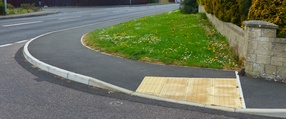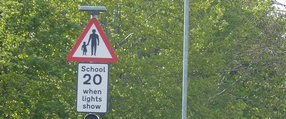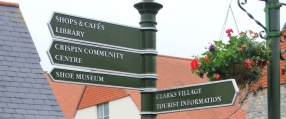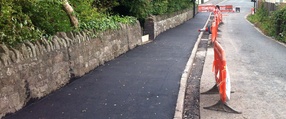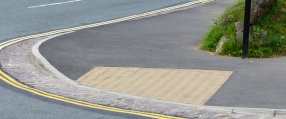Pedestrian and Cycle Warning signs
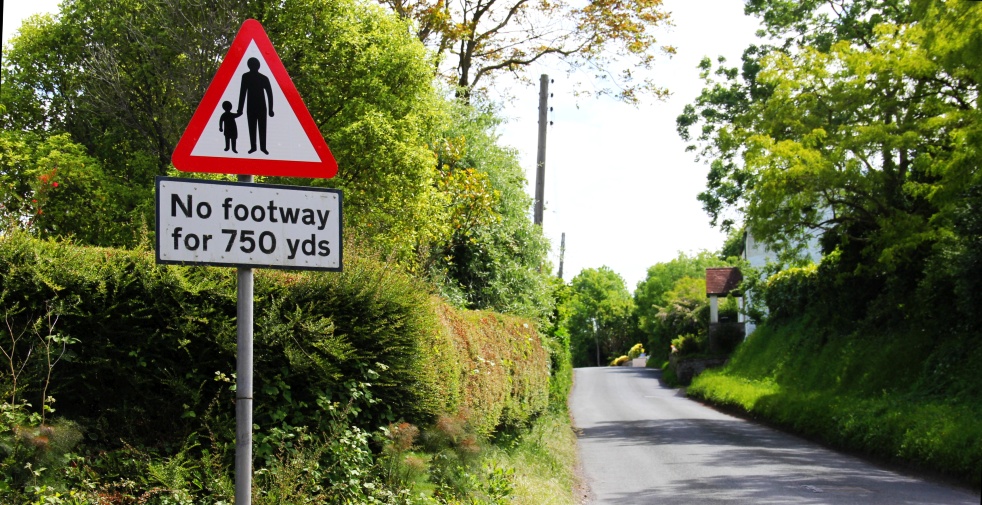
Pedestrian and cycle warning signs are commonly used in areas where there is a high probability of encountering pedestrians and cyclists in the road, and where there might be no footway or cycle lane.
The warning signs prepare drivers for any pedestrians and cyclists in the road ahead. The signs have an illustration of pedestrians or a bicycle inside a red triangle, sometimes with some wording underneath.
Disadvantages
- Drivers may not choose to change their speed in response to the signs
- Can be unsightly in conservation areas, and can 'urbanise' villages
- The signs will add to sign clutter
- If the signs are used too frequently, they can lose their effectiveness
Restrictions
- Not generally used in areas with a speed limit below 30 mph
- The likelihood of encountering a cyclist or pedestrian must be fairly high (in order to ensure the signs are not overused)
There's also some general restrictions to note for all schemes
Advantages
- A relatively low cost option
- The signs could help pedestrians feel safer
- Can work especially well on roads with poor visibility:
- Where roads are narrow
- Where bends could hide pedestrians and cyclists
- On roads without street lighting during hours of darkness
Effectiveness
This intervention doesn’t have any safety evidence available. Instead, likely outcomes are covered.
When vehicle drivers see the warning sign, they should reduce their speed for the safety of pedestrians and cyclists. However, some drivers may take little notice of the sign, and will continue at an unsafe speed.
